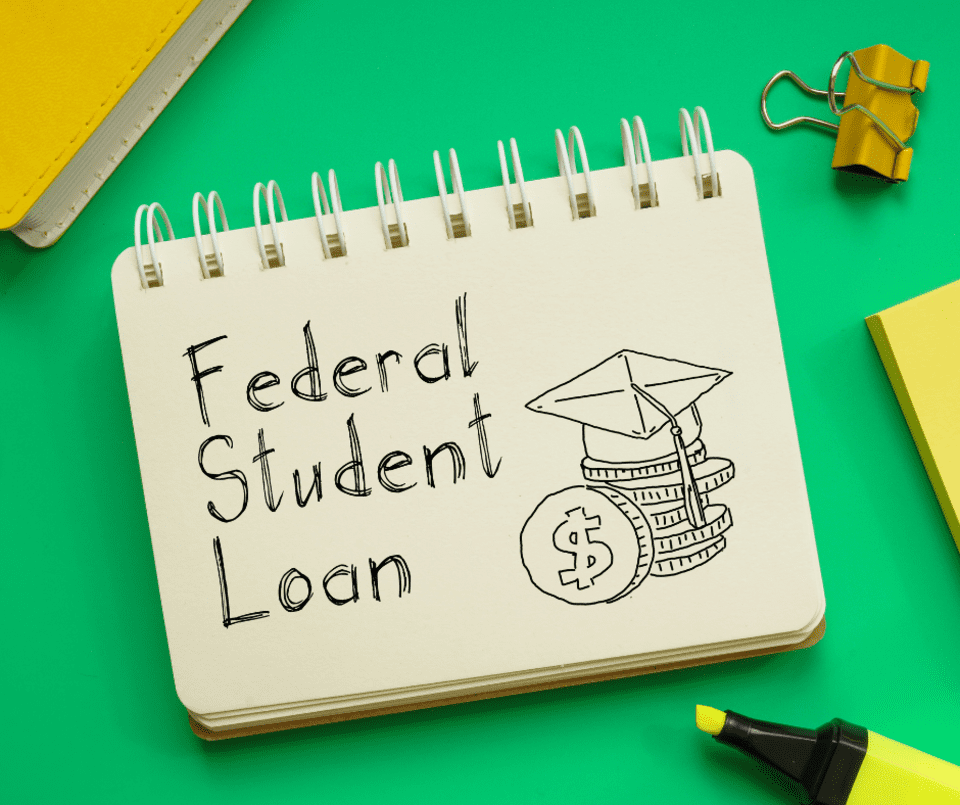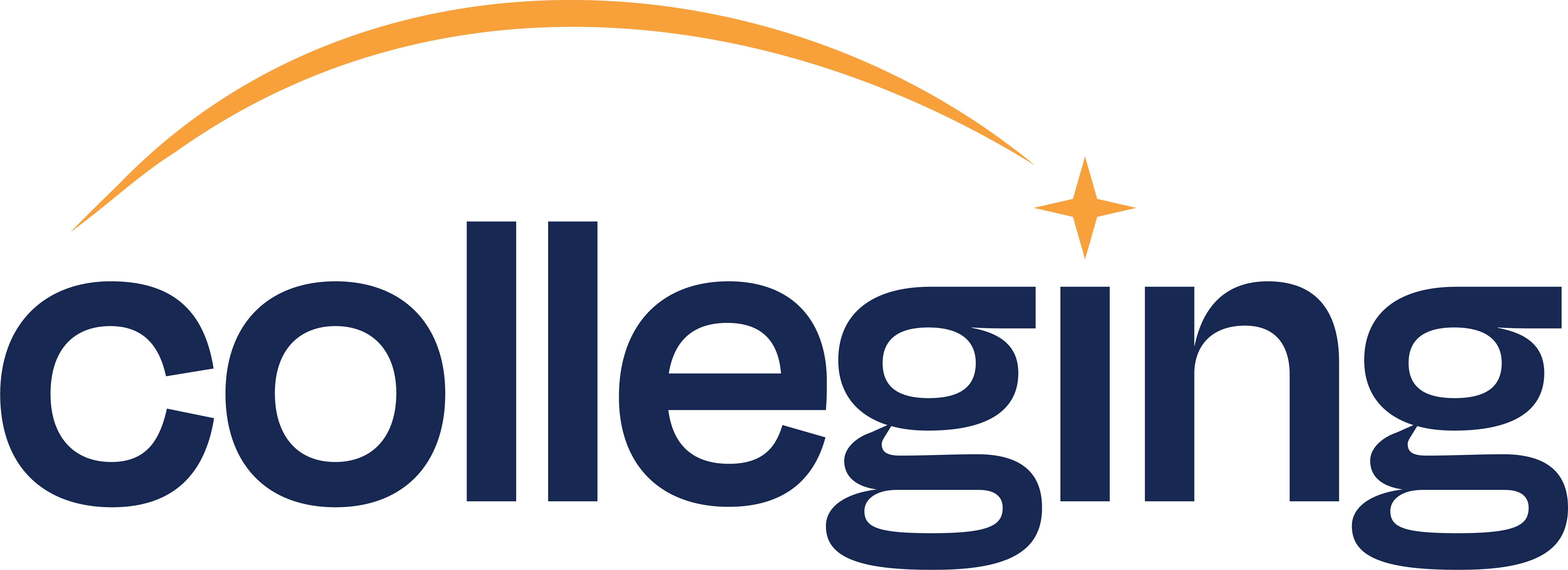
This article explains why interest rates are going up, offers some strategies for borrowing at the lowest possible cost, and discusses private loans as a possible alternative to Federal PLUS Loans.
First, the basics
Each year, the Department of Education’s Federal Direct Loan Program lends more than 90% of all money to undergraduate and graduate students, and parents borrow to pay for college. This article focuses primarily on loans for dependent undergraduates and their parents. The Federal Direct Loan program offers students the best terms to borrow for college, but that may not be the case for parents.
To be eligible for a federal student or parent loan, students must file a FAFSA® form.
- All undergraduates are eligible for a Federal Direct student loan regardless of their, or their parents’, income or assets.
- Parents who do not have “Adverse Credit” are eligible for a Federal PLUS Loan.
All other education loans are called private loans (a.k.a. private credit loans) which are made by any entity that is not the federal government. Private lenders include states (through state agencies or special not-for-profits), colleges, banks, credit unions, or other financial services firms. Each lender has its own loan application, criteria to determine if they will lend to you (a.k.a. your “creditworthiness”), and loan options with interest rates based on your creditworthiness.
Why are interest rates on federal loans increasing?
All loans made under the Federal Direct Loan Program are fixed-rate loans, which means that the rate will not increase or decrease over the life of the loan.
The fixed rate for Direct Loans changes on July 1st each year and is in effect for all federal loans made from July 1st through June 30th of the next year. For loans made between July 1, 2024 and June 30, 2025, the undergraduate Direct Loan rate is 6.53%. The PLUS loan rate is 9.08%.
Direct Loan interest rates are set by a formula which requires the U.S. Department of Education to add on 2.05% for undergraduate Direct Loans and 4.60% for PLUS Loans to the yield on 10-Year Treasury Note auctioned in May each year. On May 8, 2024, the 10-Year Treasury Note auctioned for 4.48% resulting in the updated interest rates.
This year’s 10-Year Treasury Auction result was 1.03% greater than last year’s auction which means higher interest rates for students and parents.
Important Direct Loan Tidbits
To be eligible for federal loans, the student going to college must file a FAFSA® form. Every student who files a FAFSA® form is eligible for a Federal Direct Loan and their parents for a PLUS Loan.
Students determined to have financial need are offered Subsidized Direct Loans, which do not accrue interest until the start of the repayment period, usually six months after separating from school. The Direct Loan Program also makes Unsubsidized Loans which require borrowers to either pay interest while they are in-school or add the accruing interest to the initial amount borrowed.
The amount students can borrow is limited by their year of study. Students with financial need are eligible for both Unsubsidized Loans and Subsidized Loans. Others are eligible to borrow Unsubsidized loans. All are subject to these maximums:
- 1st year students: up to $5,500 with no more than $3,500 subsidized
- 2nd year students: up to $6,500 with no more than $4,500 subsidized
- 3rd year and beyond: up to $7,500 with no more than $5,500 subsidized
Dependent undergraduates are eligible to borrow no more than $31,000, with no more than $23,000 of subsidized loans.
Parents may borrow PLUS loans up to the cost of attendance as certified by the college.
Strategies for minimizing borrowing costs
In addition to appealing to the college for more grants and scholarships and/or having a student work during school to reduce the amount of debt, families should:
- Be careful of how much is borrowed. The first and most important question people ask: how much should we borrow? The answer is always the same: as little as possible. But that’s not realistically helpful, so here’s a rule of thumb upon which most experts agree: students should not borrow more than their projected first-year starting salary. Although a difficult and emotional decision, if a student needs to borrow significantly more than their projected starting salary, finding a less expensive school or taking a gap year to save some money may be a smart choice.
- Pay interest while the student is in school. For Unsubsidized Direct Loans, paying interest in school means that the student will graduate with the exact amount they signed up for. If interest is not paid in school, it is added to the original amount borrowed. At graduation, the student will owe the original amount borrowed plus all the interest that was not paid. They will then pay interest on the new higher balance.
- Find scholarships to reduce the amount to be borrowed. Use this free scholarship search with approximately 6,000 scholarships to find money that does not have to be repaid.
- Use a tuition payment plan offered by the college. Payment plans generally charge a one-time fee to pay some of the college bill. For example, a family may realize that they can use money from their jobs to pay some of the college bill each month. Let’s assume the family can afford to pay $100 per month, so they elect to use a payment plan that permits them to pay $100 per month for 10 months. The company pays the college $1,000 and the family makes the $100 monthly payments to the tuition payment plan company. This can be a handy way to use current income to reduce student loans.
- Compare private and PLUS loans. A private loan may be less expensive and more attractive than the Federal PLUS Loan.
- Understand the total cost. In addition to an interest rate of 9.03%, PLUS loans have an up-front origination fee of 4.23%. Unlike private lenders, who are required to disclose the APR (Annual Percentage Rate) on a loan, the Department of Education is not required to disclose the APR, which for PLUS loans is greater than the interest rate due to the up-front fee. Generally, private lenders do not charge up-front fees.
- Know who the borrower is. PLUS loans are made to parents—there is no way to transfer them to the student once they are made. Private lenders permit a student to apply with a co-signer (usually a parent) and often offer a “co-signer release” that stipulates the parents can be dropped from the loan when certain conditions are met. Co-signer releases are not available for PLUS loans.
Please note that the word “generally” is used frequently. Check the lender’s website for the specifics of each private student loan offering.
Other Private Loan Considerations
The Family Picture: As parents compare federal PLUS benefits versus the added cost and inability to be released from the loan, they should keep the big picture in mind. Some helpful questions to consider:
- Do they have other children who may need help?
- Will this be a one-time borrowing, or will they need to borrow at least this much each year the student is enrolled?
- Will the total they may need to borrow for college threaten THEIR financial future or retirement? If so, a less expensive school may be the difficult, but necessary answer.
If parents are comfortable borrowing, is there an alternative to the PLUS loan worth considering?
- Private lender terms: Generally, private credit student loan lenders offer loans with no origination fee, a 0.25% interest rate reduction if you auto-pay, various repayment programs, fixed and variable rate loans, and interest rates based on FICO score. Lenders also offer co-signer releases.
- Private lender interest rates: Generally, private lenders use the FICO or other credit score as a key in their underwriting criteria. Upon evaluating an application, they will decline to make a loan or offer one at an interest rate based on the applicant’s creditworthiness. Those with weaker credit may be offered a loan with a higher interest rate.
- State-based lenders often offer lower interest rate loans. Generally, state agencies or special not-for-profit lenders in a state use tax-exempt bonds to offer loans at interest rates lower than the PLUS loan. Many of these entities are members of The Education Finance Council. You can find their private student loan programs here.
This year, state-based lenders will have a significant advantage when compared to the PLUS loan rate of 9.03% because of technical but very favorable market conditions. Many offer tax-exempt bonds at interest rates that are now approximately 60% of Treasury rates to make loans. They add about 2% to their borrowing costs and will, therefore, be able to offer loans in the range of 6% to 7% to their top-tier credit applicants (FICO scores greater than 750). Mid-tier (700 – 749) and lower credit tier borrowers (650 – 699) will likely be offered loans well below 9.08%.
Generally, other lenders, such as banks, credit unions, and finance companies, that borrow in taxable markets to make loans will also be able to offer many borrowers loan interest rates below the 9.08% PLUS loan rate.
Buyer Beware: Generally, private lenders offer fixed and variable-rate loans. Be careful with variable-rate loans. The starting rate will increase and decrease over time. A variable rate loan, which may be very affordable today, can become a burden if interest rates rise. Be sure to know how often the interest rate resets (most are monthly) and what the maximum interest rate is that the lender can charge (often the state usury rate, which can be very high). The phrase “Know before you owe” is particularly true for variable-rate loans.
Student loans are not inherently bad, but they are serious obligations that should not be taken lightly and must be understood before an e-signature is collected. Colleging hopes you keep this in mind: student loans should be the last resort, not the first option to pay for college.
